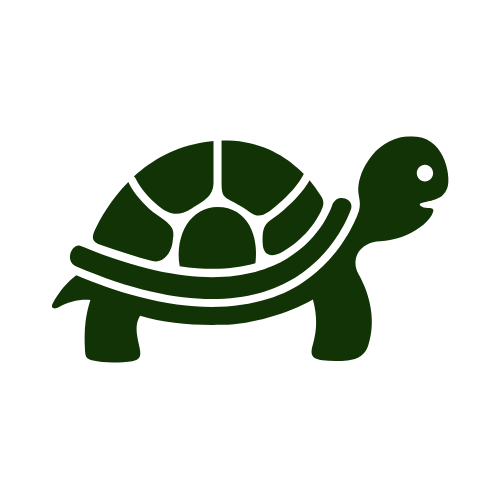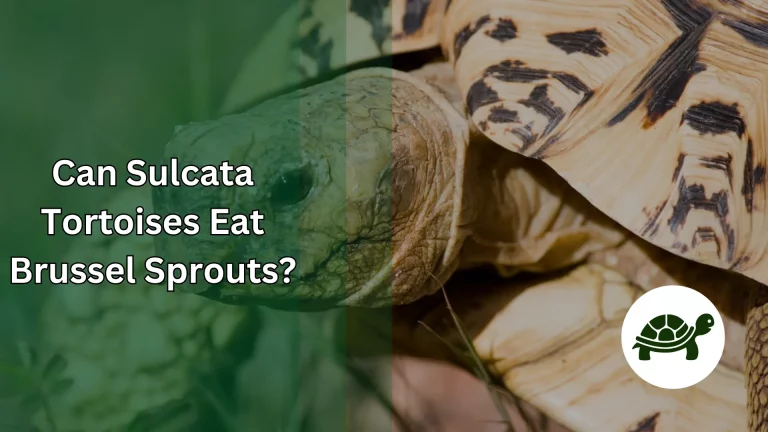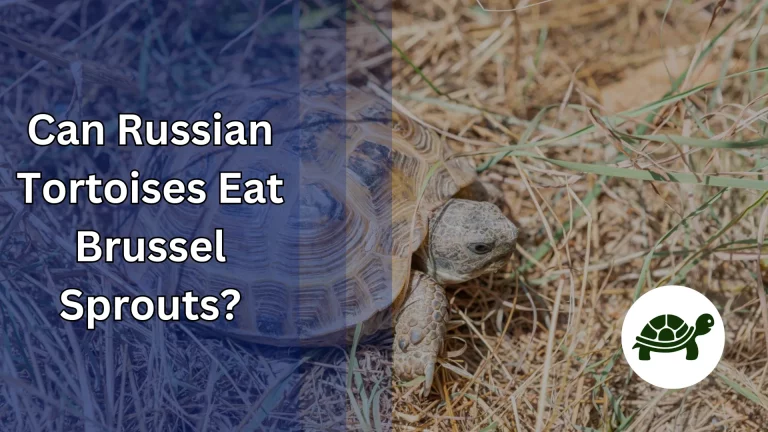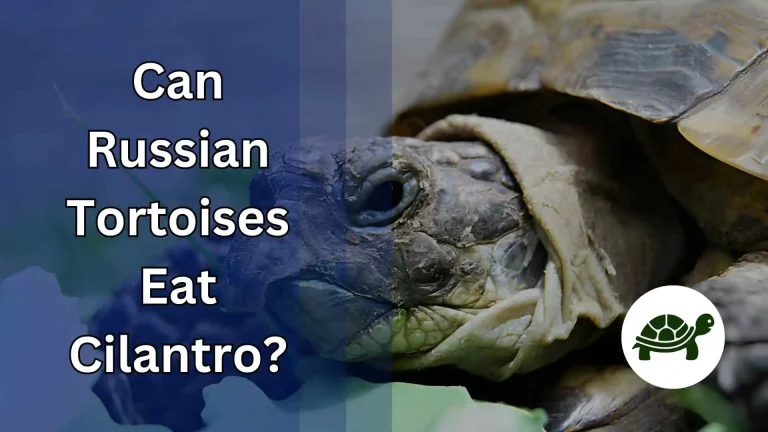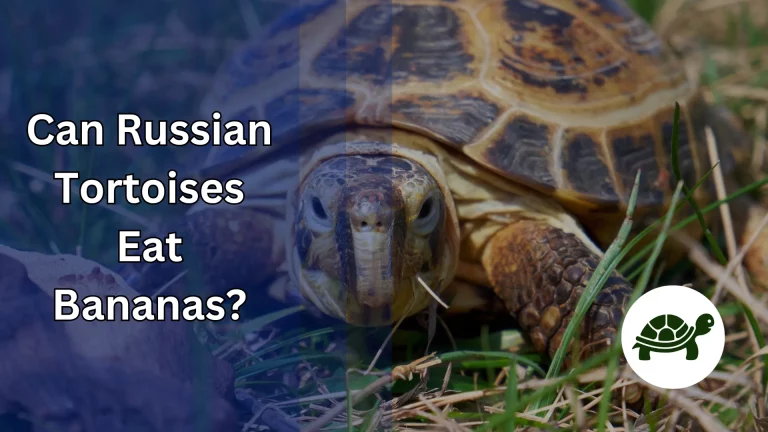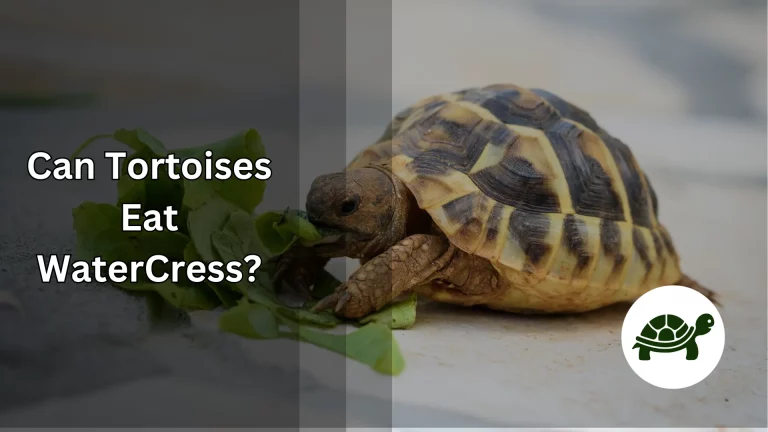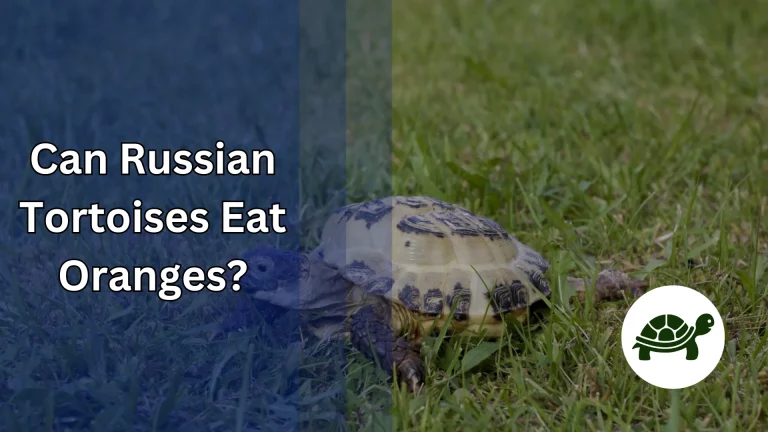California Desert Tortoise Diet – Everything You Need To Know
Meet the California desert tortoise, a resilient and remarkable creature that calls the arid landscapes of the southwestern United States and northern Mexico its home. As one of the most iconic species in these desert regions, understanding its dietary needs is pivotal for both its survival and well-being. So, whether you’re a curious naturalist or a caring tortoise guardian, knowing what makes up this shelled wanderer’s menu can make all the difference in its quality of life.
The right diet not only fuels these tortoises but also influences their growth, energy levels, and overall health. Like humans, a balanced diet is critical for them; too much of one nutrient or too little of another can lead to health problems. That’s why it’s essential to know which foods are ‘tortoise-approved’ and how they contribute to their wellness.
In this comprehensive guide, we’ll delve into the intricacies of the California desert tortoise diet. From the succulent wildflowers they munch on to the crunchy grasses that provide fiber, you’ll get a complete understanding of what this intriguing desert dweller eats and why. So let’s get started and explore the dietary world of the California desert tortoise!
Importance of Diet
When it comes to the California desert tortoise, the phrase “you are what you eat” takes on a whole new level of significance. A well-balanced diet isn’t just a luxury for these slow-moving, sun-loving reptiles; it’s a necessity for their survival and well-being. The foods they consume in their native desert habitats are rich in essential nutrients, minerals, and fibers that help them adapt to harsh environmental conditions, aiding everything from bone growth to energy storage for hibernation.
Nutrition isn’t a one-size-fits-all scenario for the California desert tortoise. Different stages of life—from the delicate days of being a hatchling to the robust years of adulthood—require tailored dietary attention. Poor diet can lead to a multitude of health issues such as metabolic bone disease, weakened immune systems, and lower energy levels. On the flip side, a nutrient-rich diet can not only extend the tortoise’s lifespan but also enhance its quality of life, making each sun-soaked step in the desert a happier one.

So why is this crucial? Understanding the dietary needs of the California desert tortoise helps in their conservation efforts and improves captive care. Knowledgeable caretakers can replicate natural diets more effectively, contributing to healthier, more vibrant populations. Whether you’re a tortoise enthusiast or a dedicated conservationist, grasping the importance of diet in these fascinating creatures is the first step towards a brighter, more sustainable future for them.
Natural Diet of the California Desert Tortoise
Exploring the diet of the California desert tortoise is like a culinary journey through its arid yet vibrant natural habitat. The diet primarily consists of native plants that offer a balanced mix of nutrients and fibers essential for their well-being. Let’s take a closer look at the main components of this fascinating diet.
Food Item 1: Grasses


Grasses such as brome and buffalo grass are staple foods in the diet of the California desert tortoise. Rich in fiber, these grasses aid in digestion and contribute to gut health. Additionally, they are readily available in the tortoise’s natural habitat, making them a convenient and sustainable food source.
Food Item 2: Wildflowers
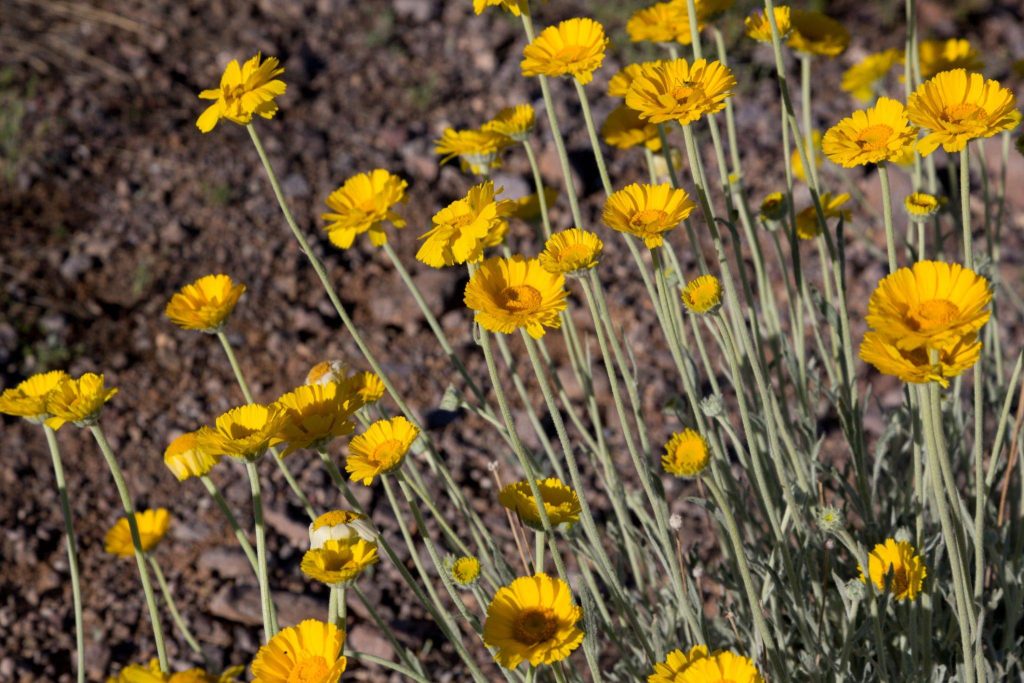

Nothing brightens up a desert landscape like a bloom of wildflowers, and for the California desert tortoise, these are more than just a feast for the eyes. Species like the desert marigold and globemallow are packed with vitamins and offer a more varied nutrient profile compared to grasses. These flowers contribute to immune system health and provide the tortoise with essential vitamins it may not get elsewhere.
Food Item 3: Cacti

The California desert tortoise has a taste for succulent plants like prickly pear cactus. Not only are cacti an excellent source of hydration, but they also contain calcium, vital for bone development and shell strength. The fibrous material in cacti further aids in digestion, making them a well-rounded food choice.
Additional Food Items (optional):
Forbs: Occasionally, desert tortoises consume other herbaceous plants or “forbs,” like clover and plantain, that offer unique nutrients such as additional protein.
Fruits: Seasonal fruits from native plants are a treat, offering antioxidants and sugars for quick energy.
In essence, each food item in the California desert tortoise’s diet plays a unique role in contributing to its overall health and vitality. By understanding the nutritional benefits of these different foods, we can better appreciate the naturally balanced diet that Mother Nature provides for these remarkable creatures.
What Not to Feed
While we’ve explored the culinary delights that nature offers the California desert tortoise, it’s equally crucial to know which foods are off-limits. Feeding the wrong items can not only upset their digestive system but also lead to long-term health issues like obesity, kidney disease, and metabolic imbalances. Here’s a rundown of foods that should never make it onto the menu of a California desert tortoise.
Iceberg Lettuce

Contrary to popular belief, iceberg lettuce is a poor choice for your tortoise. While it may provide hydration, it lacks essential nutrients and can lead to diarrhea. Opt for nutrient-rich leafy greens like dandelion or mustard greens instead.
Fruits High in Sugar
Tempting as it may be to offer a sweet treat like strawberries or bananas, high-sugar fruits can disrupt the tortoise’s digestive system and lead to obesity. If you’re considering fruits, stick to those naturally found in their habitat and offer them sparingly.
Animal Protein
Never feed your California desert tortoise meat or other forms of animal protein. They are herbivores, and consuming animal protein can cause severe kidney problems and imbalance their natural nutrient intake.
Toxic Plants

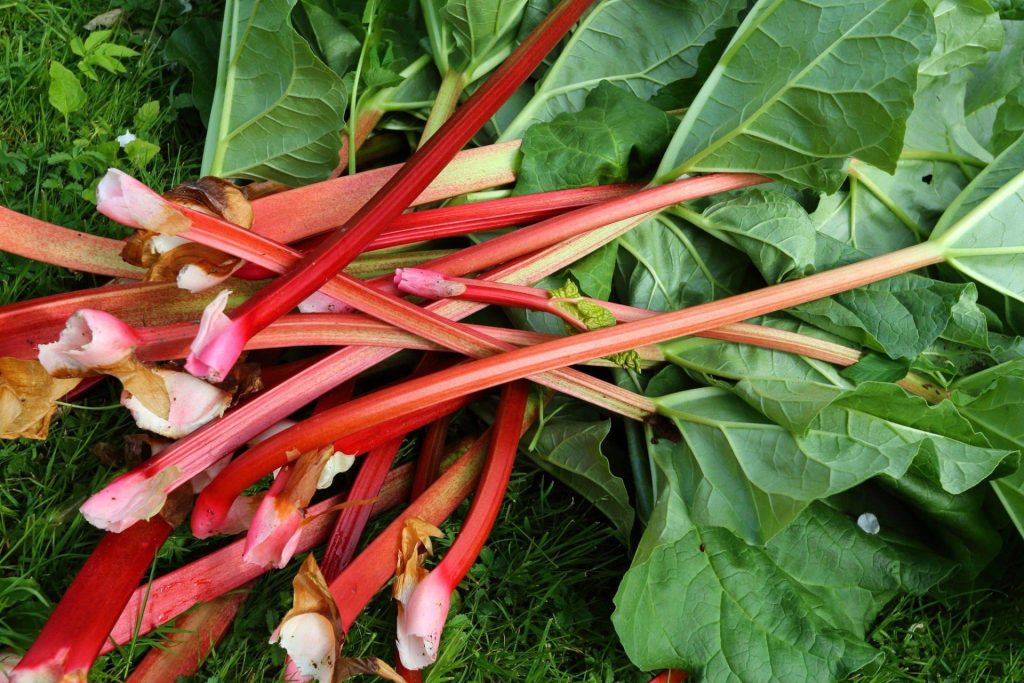
Some plants commonly found in gardens or homes are toxic to desert tortoises. These include but are not limited to, plants like azaleas, oleander, and rhubarb. Always research before introducing a new plant to your tortoise’s environment.
Processed Foods
Steer clear of processed foods like bread, pasta, or human snacks. These foods are not part of a natural diet for a California desert tortoise and can lead to a myriad of health issues, including digestive problems and nutrient deficiencies.
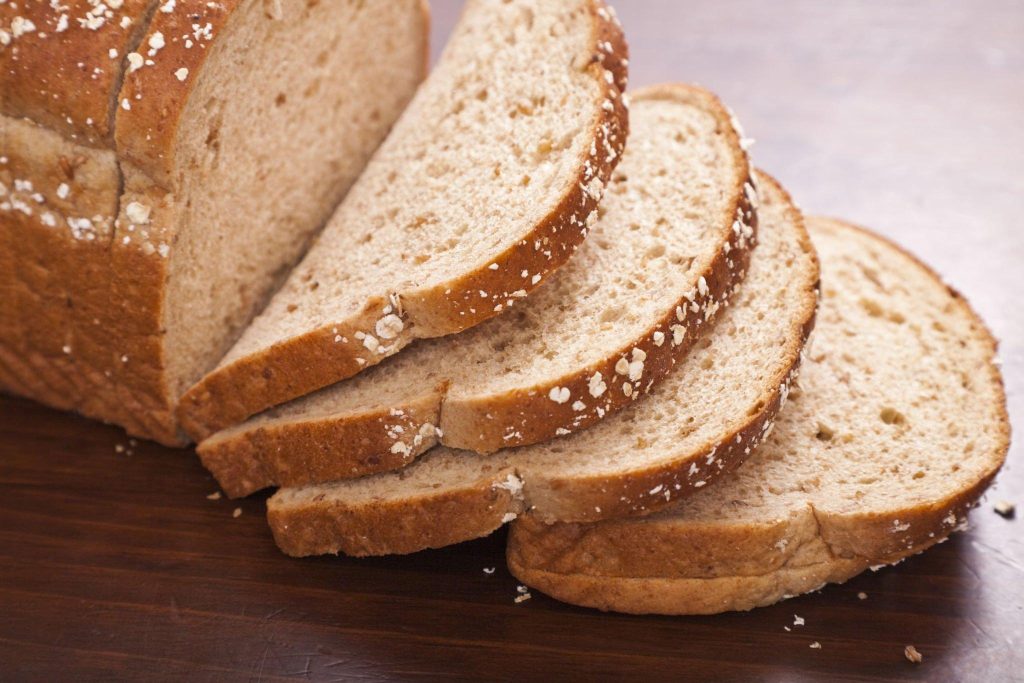
Understanding what not to feed your tortoise is just as important as knowing what to include in their diet. By avoiding these harmful foods, you contribute to the long-term health and happiness of these charming desert dwellers.
Supplements and Vitamins
In an ideal world, the California desert tortoise would roam freely, munching on a variety of natural plants that offer a balanced diet. However, in captive settings or changing environments, these reptiles may not always get all the nutrients they need. Enter the realm of supplements and vitamins – a potential game-changer in ensuring the tortoise’s peak health and longevity.
Calcium
Shell health is of utmost importance for the California desert tortoise. A deficiency in calcium can lead to weakened shells and skeletal issues. While many of their natural foods contain calcium, captive tortoises might benefit from a sprinkle of calcium powder on their food or a calcium block placed in their habitat.
Vitamin D3
Vitamin D3 is essential for calcium absorption. Although the primary source for tortoises is natural sunlight, those who have limited access to direct sun might require a Vitamin D3 supplement. UVB lighting in enclosures can also assist in their natural production of this vital vitamin.
Multivitamins
While it’s best for tortoises to derive their vitamins and minerals from natural foods, there are situations where a multivitamin supplement can bridge the nutritional gap. However, it’s essential to ensure any multivitamin is designed explicitly for tortoises or reptiles to prevent overdosing on certain nutrients.
Prebiotics and Probiotics
Gut health is paramount. Supplements containing prebiotics and probiotics can help maintain a healthy gut flora, aiding in digestion and nutrient absorption. This can be especially beneficial for tortoises recovering from illness or antibiotics.
Before diving into the world of supplements and vitamins, always consult with a veterinarian familiar with the California desert tortoise. Over-supplementation can be just as harmful as deficiency. As caretakers, our goal is to emulate the natural, balanced diet they would get in the wild, ensuring they lead a robust and enriched life.
Feeding Schedule
Just like humans, the California desert tortoise thrives on routine, especially when it comes to mealtimes. A well-thought-out feeding schedule can make a world of difference in the tortoise’s health, ensuring that it receives the right balance of nutrients throughout the day or week. Whether you’re caring for a tortoise in a captive environment or observing them in the wild, understanding their eating habits is key to their well-being.
For Juvenile Tortoises
Young California desert tortoises have different nutritional needs compared to their adult counterparts. They require more frequent feeding, usually every day or every other day, to support their rapid growth and development. Opt for calcium-rich foods like dandelion greens, and don’t forget a small serving of fruits like native berries for that extra energy boost.
For Adult Tortoises
Adults have a slower metabolism and can manage with less frequent feeding. A typical schedule might involve offering food three to four times a week. Leafy greens should make up the bulk of their diet, complemented by wildflowers and the occasional treat of native fruits.
Seasonal Adjustments
The California desert tortoise naturally adjusts its eating habits according to the seasons. During the hot, dry summer months, they might eat less and rely more on their stored energy. In contrast, spring is a time of feasting when fresh plants are abundant. Be prepared to adapt the feeding schedule according to seasonal availability of foods and the tortoise’s natural behavior.
Consistency is Key
Above all, consistency is key when it comes to feeding your tortoise. Sudden changes in diet can lead to digestive issues and stress. Slowly introduce any new foods and monitor your tortoise for any signs of discomfort or illness.
Understanding the ideal feeding schedule for a California desert tortoise helps in mimicking their natural eating patterns, ultimately contributing to a healthier and happier life for these endearing reptiles.
Common Myths and Misconceptions
When it comes to the diet of the California desert tortoise, misinformation is as abundant as the grains of sand in their native habitat. Clearing up these myths can mean the difference between a healthy tortoise and one that’s malnourished or sick. Let’s debunk some of the most widespread myths and misconceptions regarding the dietary needs of these captivating creatures.
All Leafy Greens Are Good – While leafy greens are a vital part of the California desert tortoise’s diet, not all greens are created equal. Spinach, for instance, contains oxalates that can hinder calcium absorption. Always do your research to ensure the greens you’re offering are suitable for your tortoise’s specific dietary needs.
Tortoises Can Survive on a Fruit-Only Diet – Fruits are more of a treat than a staple in the diet of the California desert tortoise. A fruit-only diet lacks essential nutrients and can lead to digestive issues and obesity. A balanced diet should consist mainly of leafy greens, native flowers, and other plants.
Wild Tortoises Don’t Need Additional Food – While it’s true that wild tortoises have survived for generations without human intervention, changing environmental factors like habitat loss and climate change can affect food availability. So, occasional monitoring and support could be beneficial, although care should be taken not to disturb their natural behaviors.
Supplements Replace Natural Nutrients – Supplements are an aid, not a replacement for a balanced diet. While they can help fill nutritional gaps, they can’t replicate the diverse range of nutrients found in natural foods. Over-reliance on supplements can even lead to imbalances and health issues.
Tortoises Can Eat Anything – Contrary to this myth, California desert tortoises have a sensitive digestive system. Feeding them foods like meat, dairy, or processed human foods can cause severe health problems, including kidney issues and metabolic imbalances.
Clearing the air on these common myths and misconceptions is a significant step toward ensuring the well-being of the California desert tortoise. Equipped with the right information, you’ll be well on your way to providing a diet that mirrors the natural, nutrient-rich foods these fascinating reptiles would find in the wild.
FAQs about the California Desert Tortoise Diet
Whether you’re a tortoise owner, a nature enthusiast, or someone simply fascinated by these slow-moving but captivating reptiles, you likely have questions about their diet. We’ve rounded up some of the most commonly asked questions to offer quick, accurate information that can aid in the health and well-being of the California desert tortoise.
1. Can I Feed My Tortoise Regular Lettuce?
While it’s tempting to toss some iceberg lettuce into your tortoise’s diet for convenience, it’s not a good idea. These types of greens lack essential nutrients and can cause digestive issues. Stick to nutrient-rich options like dandelion greens or clover.
2. Is It Safe to Feed Wild Plants?
Feeding wild plants can be a good idea, but it’s crucial to know exactly what you’re offering. Some wild plants may be toxic to tortoises, so make sure to identify them accurately and ensure they haven’t been treated with pesticides or fertilizers.
3. How Often Should I Feed My Tortoise?
The frequency depends on the tortoise’s age and health. Juvenile tortoises usually require daily or alternate-day feeding, while adults typically do well with three to four feedings per week. Always consult a veterinarian for personalized advice.
4. Do Tortoises Need Water?
Yes, the California desert tortoise does need water, even though they are well-adapted to arid conditions. Providing a shallow dish of fresh water can help with hydration, especially during hot, dry months.
5. What Are the Signs of Malnutrition in California Desert Tortoise?
Signs may include a lack of energy, weakened shell, loss of appetite, and changes in feces. If you notice these symptoms, consult a veterinarian familiar with tortoise care immediately.
Armed with these FAQs, you’re now better equipped to provide a diet that closely mimics the rich, varied offerings the California desert tortoise would naturally consume. Always consult a qualified veterinarian for any specific concerns about your tortoise’s health and diet.
Conclusion
Navigating the dietary needs of the California desert tortoise can initially seem like wandering through a labyrinth. Yet, armed with the correct information, providing a balanced diet for these magnificent creatures becomes a straightforward, rewarding endeavor. From understanding the natural foods, they thrive on to debunking common myths and misconceptions, proper education is your best compass.
Nutrient-rich leafy greens, seasonal adjustments, and the occasional supplement make up the cornerstone of a healthy diet for these enduring reptiles. Whether your interest lies in captive care or wildlife conservation, a sound knowledge of their dietary needs can significantly contribute to the longevity and well-being of the California desert tortoise.
Thank you for journeying with us through the fascinating world of the California desert tortoise diet. We hope this guide serves as a valuable resource for anyone committed to understanding and promoting the health of these amazing animals. Always remember, when in doubt, consult with a qualified veterinarian for personalized guidance tailored to your tortoise’s specific needs.
